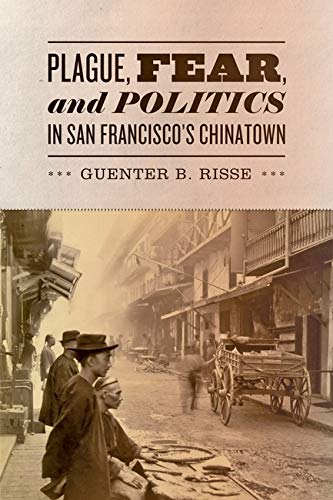

Most ebook files are in PDF format, so you can easily read them using various software such as Foxit Reader or directly on the Google Chrome browser.
Some ebook files are released by publishers in other formats such as .awz, .mobi, .epub, .fb2, etc. You may need to install specific software to read these formats on mobile/PC, such as Calibre.
Please read the tutorial at this link: https://ebookbell.com/faq
We offer FREE conversion to the popular formats you request; however, this may take some time. Therefore, right after payment, please email us, and we will try to provide the service as quickly as possible.
For some exceptional file formats or broken links (if any), please refrain from opening any disputes. Instead, email us first, and we will try to assist within a maximum of 6 hours.
EbookBell Team

0.0
0 reviewsWhen health officials in San Francisco discovered bubonic plague in their city’s Chinatown in 1900, they responded with intrusive, controlling, and arbitrary measures that touched off a sociocultural conflict still relevant today. Guenter B. Risse’s history of an epidemic is the first to incorporate the voices of those living in Chinatown at the time, including the desperately ill Wong Chut King, believed to be the first person infected.
Lasting until 1904, the plague in San Francisco's Chinatown reignited racial prejudices, renewed efforts to remove the Chinese from their district, and created new tensions among local, state, and federal public health officials quarreling over the presence of the deadly disease. Risse's rich, nuanced narrative of the event draws from a variety of sources, including Chinese-language reports and accounts. He addresses the ecology of Chinatown, the approaches taken by Chinese and Western medical practitioners, and the effects of quarantine plans on Chinatown and its residents. Risse explains how plague threatened California’s agricultural economy and San Francisco’s leading commercial role with Asia, discusses why it brought on a wave of fear mongering that drove perceptions and intervention efforts, and describes how Chinese residents organized and successfully opposed government quarantines and evacuation plans in federal court.
By probing public health interventions in the setting of one of the most visible ethnic communities in United States history,Plague, Fear, and Politics in San Francisco’s Chinatownoffers insight into the clash of Eastern and Western cultures in a time of medical emergency.